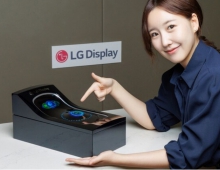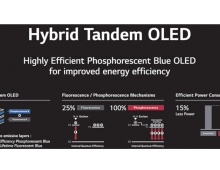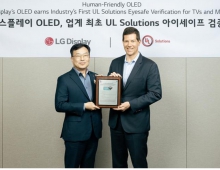
Samsung and LG Benefit From High OLED Demand but Strategy Shifts May be Required
South Korea's top panel makers are experiencing both benefits and problems as the core material of panels shifts from liquid crystal displays to organic light-emitting diodes.
Samsung Display, a unit of Samsung Electronics, is dominating the market of small OLED panels used in smartphones and tablets. The company pulled out of big OLED displays in 2015 due to low profitability, betting on quantum dot light-emitting diodes for premium TVs. But soon key TV makers in Japan (Sony) and China opted instead for rival technology OLED for large screens, a trend that is expected to continue in the second quarter.
LG Display, meanwhile, currently has a minor presence in smartphone OLED panels. The company used to be the global pioneer in producing OLED panels for smartphones in 2013, but failed to build up market share as it focused instead on big LCD panels.
Analysts expect that the company may soon increase its investments in small OLED panels to cope with the changing market circumstances.
South Korean media reported that LG Display was in talks with Apple for a deal worth between $2 billion and $3 billion to exclusively build OLED panel production lines for the U.S. company's iPhones. LG Display has not commented on the deal.
In May, LG Display said that no progress had been made on a potential deal with Google which could see the U.S. internet group invest 1 trillion won ($870 million).





















